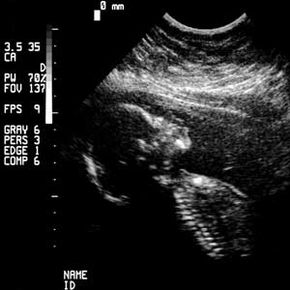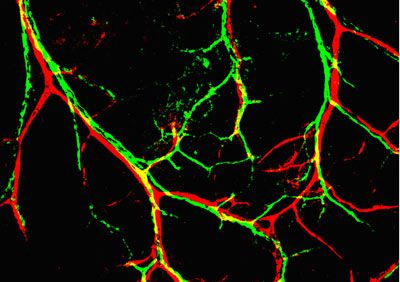Key Takeaways
- The concept of ultrasonic mind control entails the purported use of ultrasonic waves to manipulate brain activity.
- While some studies suggest potential applications in pain management and brain stimulation, the technology's efficacy and safety remain under debate.
- Ethical concerns also surround the use of ultrasonic mind control, highlighting the need for further research and regulation in this field.
"It's all in your head." You've heard that before, haven't you? Maybe someone was scoffing at a ghost story or downplaying the symptoms of depression, paranoia or madness. The message is simple: Your obsession, whatever it may be, has no basis outside your thoughts.
Yet with sufficient scientific understanding, it becomes obvious that everything is "all in your head." We don't mean that the world is one great big illusion, but rather that each individual's pool of consciousness and memory exists solely within the electrochemical processes of the brain. Self is a chemical cocktail imbued with a neurological spark, and consciousness is a peculiar parlor trick stirred up by evolution.
Advertisement
That person you think you are? Well, it's the product of a constantly changing equation made up of 95 to 100 billion neurons, along with synapses, neurotransmitters, genetic coding and a string of memories tailing back to the murky depths of childhood [source: Williams]. Alter any factor in this equation just a little, and you change the final sum. In fact, you do a little self tinkering every time you so much as make a simple observation or drink a cup of coffee. Each successive you is at least a slight variant on the previous incarnation. The mind is also subject to the severe alterations of emotional trauma, brain injury and disease, all capable of drastically changing the outcome of the neurological equation.
Our tools for addressing brain conditions have ranged from the sublime to the barbaric. We've treated mental illness on the therapist's couch, as well as with scalpels and electric shock. Fortunately, scientific breakthroughs continue to refine our methods.
For instance, there's neurostimulation, or electrically stimulating nerves to relieve pain or suppress tremors. Doctors accomplish these feats with the aid of tiny neurostimulators implanted near the spinal cord or a major nerve. Deep brain stimulation and vagus nerve stimulation take this concept even further and may effectively manage various psychiatric disorders and neurological diseases. The only catch is they too require painstaking surgery to position implants in the appropriate locations -- in the neck for vagus nerve stimulation and inside the brain for deep brain stimulation.
What if there were a way to stimulate nerves and portions of the human brain without drilling through skulls and implanting electrical devices? What if there were a way to remotely tinker with the neurological equation?
Advertisement



